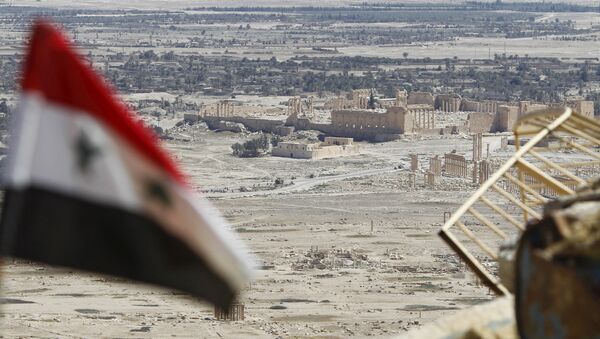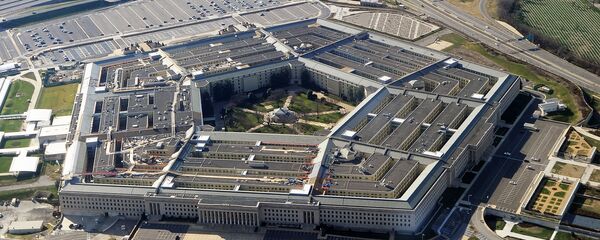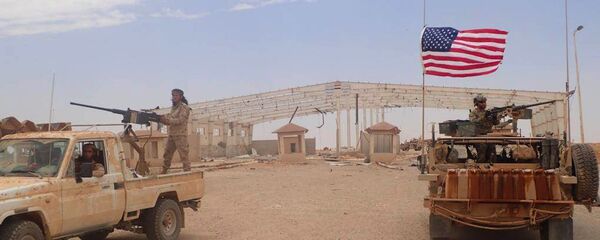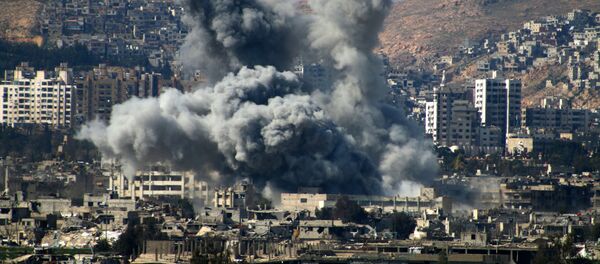The journal cited officials familiar with the talks as saying that the "secret" negotiations are "threatened by continued tensions in southern Syria between the U.S. and forces allied with Syrian President Bashar al-Assad."
"The talks signal a gambit by the White House to attempt some kind of cooperation with Moscow," the WSJ wrote.
The news comes after on June 8, the US-led coalition bombed pro-Damascus forces near al-Tanf in the area of a deconfliction zone following an alleged attack by a combat drone resulting in no coalition forces' casualties. This was the third attack by the coalition on Damascus' allies in the area. The first coalition's strikes on Damascus' allies occurred on May 18 in al-Tanf with the Pentagon saying that their presence in the area allegedly threatened US' and British special operations forces that have been training Syrian rebel fighters near the border with Iraq and Jordan. On June 6, coalition's strikes in al-Tanf resulted in deaths and injuries of Syrian soldiers.
Interestingly, the Pentagon and the previous US administration have opposed the safe zones as US military didn't want to coordinate actions with Russia and were wary of deepening US involvement in the Syrian war.
"But officials say they hope to find a way to work with Russia in destroying the Islamic State [Daesh]. If the de-escalation zone is successful, the U.S. and Russia would look to set up other sites," sources told WSJ.
In an comment for Sputnik, Orientalist scholar Elena Suponina said that by bombing the pro-Assad forces in Syria, Washington "shows that it doesn't want to help Russia in the creation of safe zones."
The Americans are supporting many small groups fighting against Damascus, she noted.
"The US carries out strikes in Syria in those regions where the bases of opposition it cooperate with are located. They hit [Syrian government] forces even if they don't closely approach these bases. It raises questions concerning the true aim of these strikes. Probably, the US is gearing up for Syria's split. They [US officials] want the opposition to control certain regions, including those in the south, and maybe in the north [of Syria]," the expert concluded.
The agreement between Moscow, Tehran and Ankara presumes the cessation of airstrikes and combat actions between the Syrian Army and militants who have already joined or will join the ceasefire regime. The creation of de-escalation zones was proposed by Russian President Vladimir Putin during talks with his Turkish counterpart Recep Tayyip Erdogan in Sochi.
The United States and Russia signed the bilateral memorandum of understanding in October 2015 to ensure their flight safety during combat missions over Syria.






